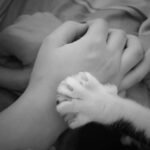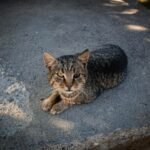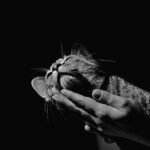Have you ever caught your cat staring at you with those mysterious eyes and wondered, “Does my cat really love me?” If so, you’re not alone. Cat lovers everywhere puzzle over their feline friends’ subtle signs of affection. Unlike dogs, cats don’t wag their tails or jump up to greet us. Instead, their love is wrapped in layers of quirky behavior and gentle gestures. But what if you’re missing the clues? Or worse—misreading them? Understanding genuine cat affection is a journey full of surprises, heartwarming moments, and sometimes a little confusion. Let’s dig deep into the world of feline emotions and uncover how your cat shows love, so you’ll never mistake their true feelings again.
The Meaning Behind the Slow Blink

That slow, dreamy blink from your cat isn’t just adorable—it’s a secret feline code for affection. When cats slowly close and open their eyes at you, it’s like they’re blowing a kiss or telling you, “I trust you.” This gentle blink means your cat feels safe and calm in your presence. It’s their way of saying you’re family, not a threat. If you want to return the favor, try slow blinking back. Many cats will answer with their own slow blink, creating a quiet, loving conversation without words. Remember, not all stares are friendly—if your cat’s eyes are wide and unblinking, it could mean they’re anxious. So look for that soft, lingering blink when searching for signs of true affection.
Head Butts and Cheek Rubbing
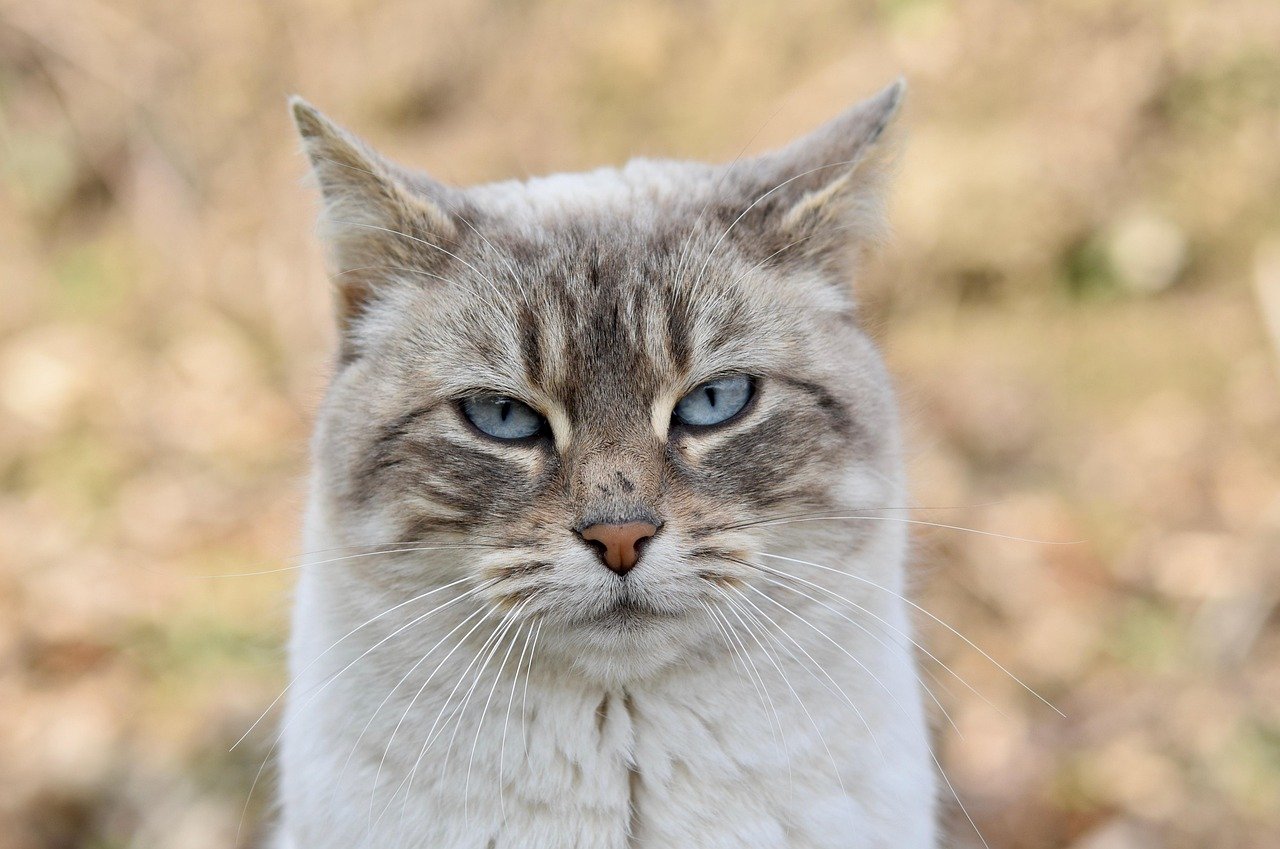
Has your cat ever gently bumped their head against you or rubbed their face along your hand? This isn’t just cute; it’s a powerful sign of love. Cats have scent glands on their cheeks and forehead. When they head butt or rub against you, they’re marking you with their scent—claiming you as part of their family. It’s their version of a warm hug, saying, “You belong with me.” This behavior is called “bunting,” and it’s a privilege reserved for those your cat truly adores. If your cat gives you these soft nudges, embrace the moment. It means you’ve earned their trust and affection, a bond deeper than words can express.
Purring: Comfort or Contentment?

Purring is often seen as the ultimate sign of a happy cat. But did you know cats can purr for different reasons? While a soft, rhythmic purr usually means your cat feels safe and loved, they might also purr when they’re anxious or unwell. The key is context. If your cat purrs while curled in your lap, making biscuits on your blanket, or nuzzling close, it’s likely a sign of affection. Pay attention to their body language—relaxed ears, soft eyes, and a loose body signal contentment. If the purr comes with tense muscles or flattened ears, check for discomfort. Always consider the whole picture to truly understand your cat’s feelings.
Following You Around the House

Do you have a furry shadow following your every move? When cats trail after you from room to room, it’s a sweet show of devotion. They’re curious about your activities and want to share your space. Even independent cats can’t resist checking in on the people they love. This gentle companionship is their way of being part of your world, even if they never demand your full attention. Notice how your cat sits close by when you’re working, or waits outside the bathroom door? That’s their quiet way of saying, “I love being near you.” It’s a subtle yet powerful declaration of affection.
Bringing You “Gifts”

It may shock you to find a feather, leaf, or even a less pleasant surprise on your doorstep—but to your cat, these are precious offerings. In the wild, cats bring prey to those they care for. When your cat leaves a gift (even if it’s just a toy), they’re sharing their “hunt” with you. This act shows that they see you as part of their family, deserving of protection and care. While not every cat will do this, those that do are expressing deep trust and affection. Accept the gift with gratitude, as it comes from a place of love and instinct.
Kneading with Paws (“Making Biscuits”)
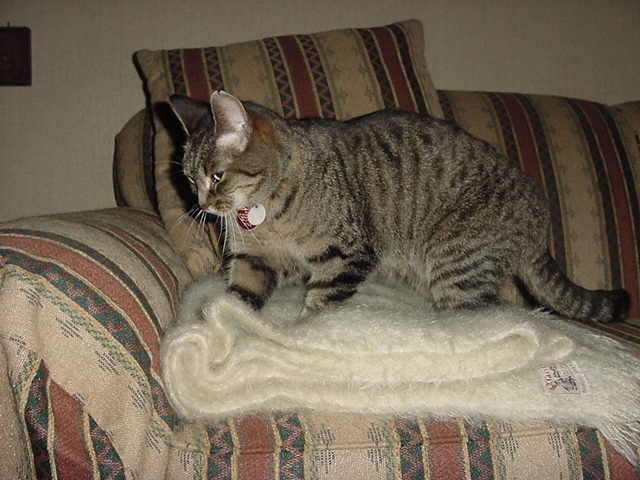
One of the most heart-melting sights is a cat kneading a soft blanket—or your lap—with their paws. This behavior, often called “making biscuits,” harks back to kittenhood when they kneaded their mother to stimulate milk flow. If your adult cat kneads on you, it means they associate you with comfort and security. It’s a deep sign of contentment and affection, reserved for moments when your cat feels entirely safe. Some cats even purr or drool while kneading, showing how deeply relaxed they are. Treasure these moments—they’re pure, unfiltered love.
Exposing the Belly

A cat’s belly is one of its most vulnerable spots. So when your cat rolls over and exposes their tummy, it’s a huge sign of trust. This isn’t always an invitation for a belly rub—some cats are sensitive and may react if you touch. The real message is, “I feel safe with you.” This gesture is a sign of deep affection, as your cat lets down their guard completely. Watch for relaxed body language and a soft gaze. If your cat lets you gently stroke their belly without fuss, you’ve reached the highest level of feline trust.
Grooming You—Or Wanting to Be Groomed

Cats groom each other to strengthen social bonds. If your cat licks your hand, hair, or even your face, they’re including you in their inner circle. This behavior is called allogrooming, and it’s reserved for those they truly trust. Sometimes, your cat may nudge you for a brushing—another sign they want to connect. Grooming is a way to exchange scents and reinforce the family bond. If your cat gives you these sweet “kisses” or seeks out your gentle touch, they’re showing affection in one of the most intimate ways possible.
Tail Talk: Upright or Wrapped Around You

A cat’s tail is like a mood ring, revealing their feelings in a flash. If your cat approaches you with their tail held high and the tip gently curled, they’re happy to see you. An upright tail is a sign of friendliness and confidence, reserved for those they love. Some cats will even wrap their tail around your arm or leg, like a soft embrace. This tail “hug” is a sure sign of affection and trust. Pay attention to tail movements—if it’s twitching or puffed, your cat may feel nervous, but a relaxed, upright tail means you’re truly adored.
Sleeping Near or On You

Cats are picky about where they sleep. Choosing to curl up next to you—or even on top of you—is a powerful statement of trust and love. In the wild, cats sleep together for warmth and safety. Your cat sees you as their protector, a safe haven where they can relax completely. If your cat seeks out your lap, bed, or favorite chair when it’s time to nap, take it as a genuine compliment. You’re their chosen companion, and they want you close during their most vulnerable moments—sleep.
Chirping, Trilling, and Special Meows

Every cat has their own language, but some vocalizations are reserved just for you. Chirps and trills are sounds mother cats use with kittens, so if your cat greets you this way, it’s a sign of affection and excitement. Listen for soft, melodic meows when you come home or move around the house. These “conversations” are your cat’s attempt to communicate—and bond—with you. Pay attention to tone and frequency. The more your cat talks to you, the stronger your connection.
Gentle Nibbling and Love Bites

A soft nibble or gentle bite might seem odd, but many cats use this as a love language. These “love bites” are usually gentle and never break the skin. They’re a throwback to kitten play, a sign your cat feels safe and playful around you. If your cat pairs these nibbles with purring, kneading, or snuggling, it’s a clear display of affection. Of course, be mindful of your cat’s mood—if the bites get hard or are paired with aggression, it could be overstimulation, not love.
Showing Their Rear—A Peculiar Trust Gesture
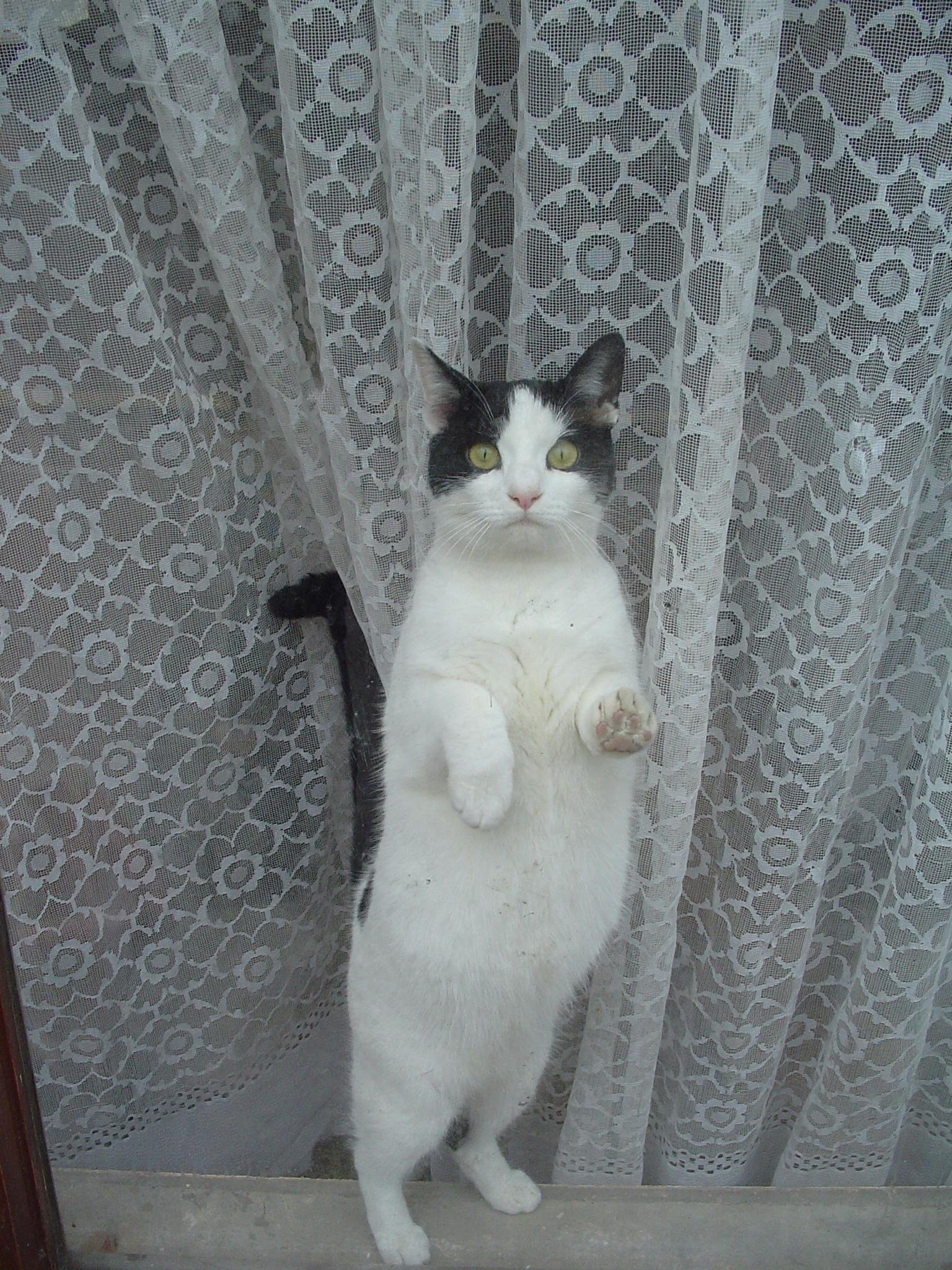
As strange as it sounds, when your cat turns their back and raises their rear toward you, it’s a sign of trust. In feline social behavior, this gesture means, “I’m comfortable with you.” It’s a quirky but clear indicator that your cat feels safe and unthreatened in your presence. While you might not want to reciprocate, know that this odd behavior is your cat’s way of including you in their world.
Brushing Against Your Legs

Have you ever had your cat wind around your ankles like a furry ribbon? This is more than a greeting—it’s a sign of devotion. By rubbing along your legs, your cat is mixing their scent with yours, marking you as part of their family. It’s a daily ritual for many cats, especially when you come home. This affectionate gesture is their way of saying, “You belong to me, and I belong to you.”
Extra Playful Behavior Around You
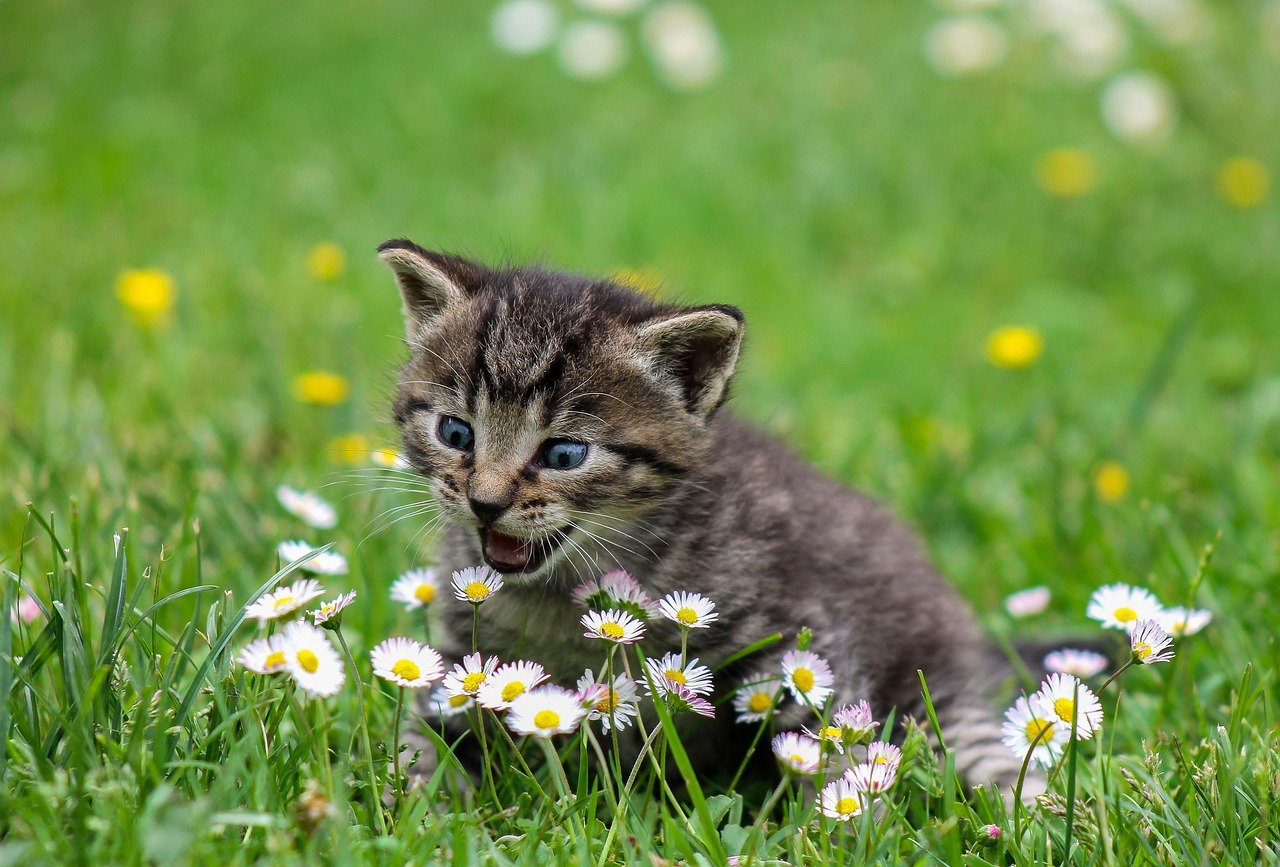
If your cat brings out their favorite toys or suddenly gets a case of the “zoomies” when you’re around, take it as a compliment. Play is a sign of trust and affection in the feline world. Cats only let their guard down and act silly around people they love. When your cat invites you to play, they’re not just entertaining themselves—they’re bonding with you. So grab that feather wand or crinkly ball and join in the fun!
Imitating Your Routine
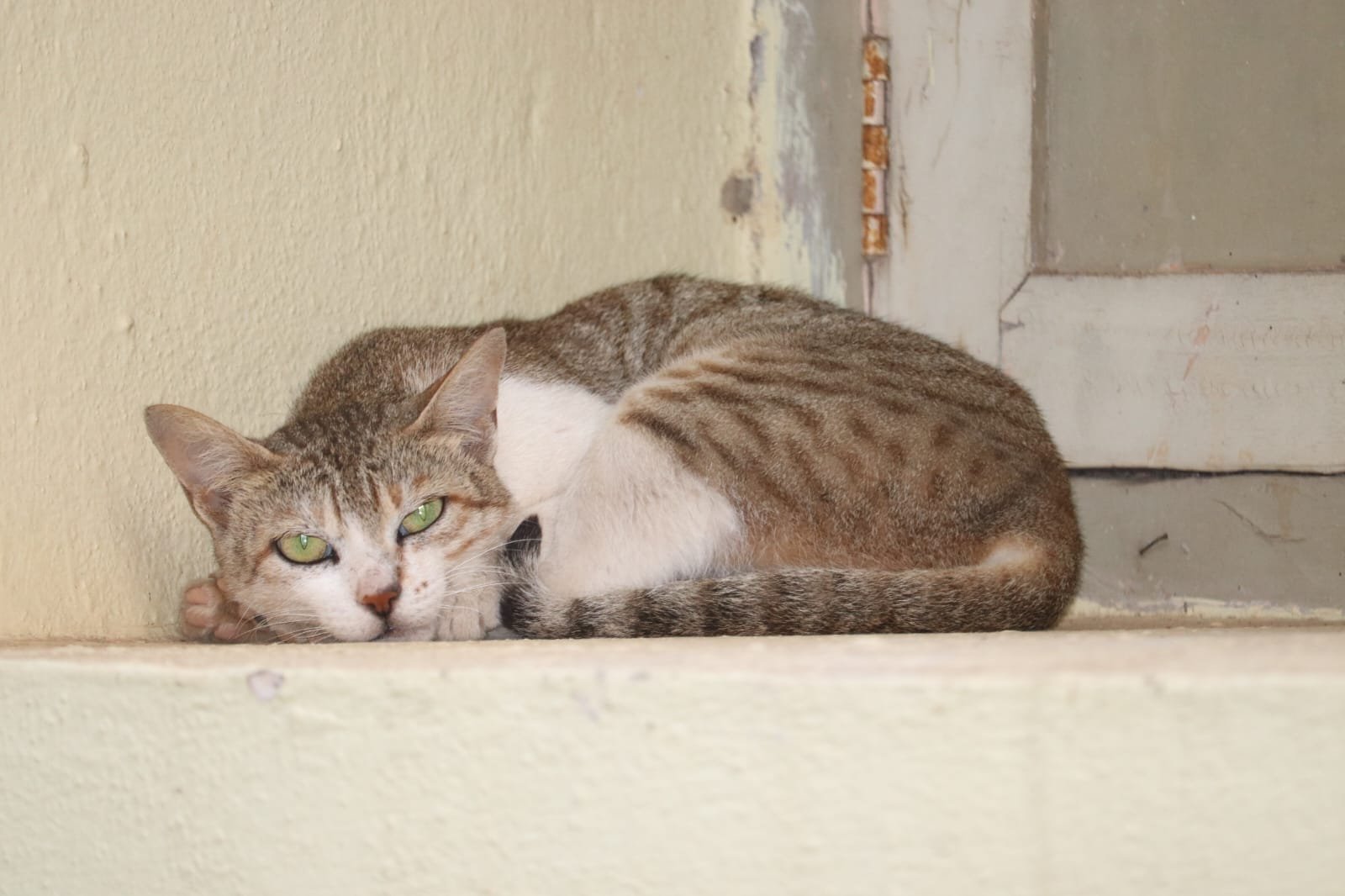
Ever noticed your cat waking up when you do, following your daily schedule, or lounging where you like to sit? Cats are creatures of habit, but they also mimic the routines of those they love. This “copycat” behavior is a way to synchronize with you, strengthening your bond. It’s their subtle way of saying, “I want to be close and connected.” If your cat shadows your habits, consider it a sign of deep affection.
Greeting You at the Door
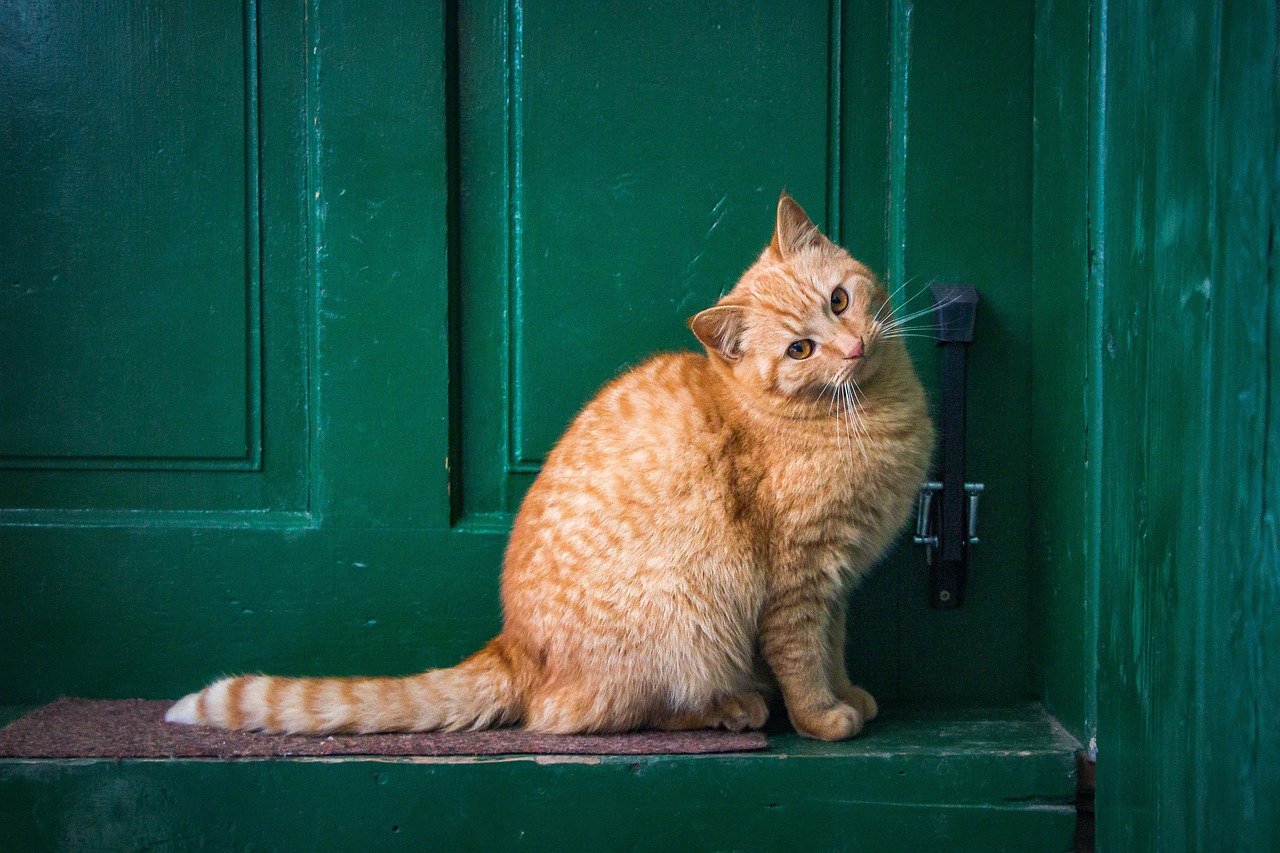
Nothing brightens your day like coming home to a cat waiting by the door. While cats may not leap with joy like dogs, their quiet presence is just as meaningful. If your cat waits for you or greets you with a gentle meow or head bump, they’re showing excitement and love. This welcome committee proves that you’re a cherished part of their world, and they’ve missed you while you were away.
Protective Behavior

It might surprise you, but some cats show affection by being protective. They might sit between you and a stranger, keep watch while you sleep, or react to unusual noises. This loyalty is a sign that your cat feels bonded and responsible for your well-being. While not all cats are obvious guardians, those that are see you as family. Their protective instincts are a unique, heartwarming display of love.
Bringing Out Their “Kitten Side”

When cats trust you deeply, they sometimes act like kittens again—rolling on their backs, chasing their tails, or snuggling up close. This regression to youthful behaviors is a sure sign of comfort and affection. Your cat feels secure enough to let down their adult guard and be playful and vulnerable. Cherish these moments—they’re letting you see their softest, most loving side.
Responding to Your Voice and Touch

Notice how your cat perks up when you call their name or reaches out for your hand? Cats that respond to your voice or seek your touch are showing clear affection. They recognize your unique sound and associate it with safety and love. Some cats will even follow your commands or come when called, a sign of a special bond. Your voice and touch are soothing to them, another mark of deep feline love.
Sleeping With Their Back to You
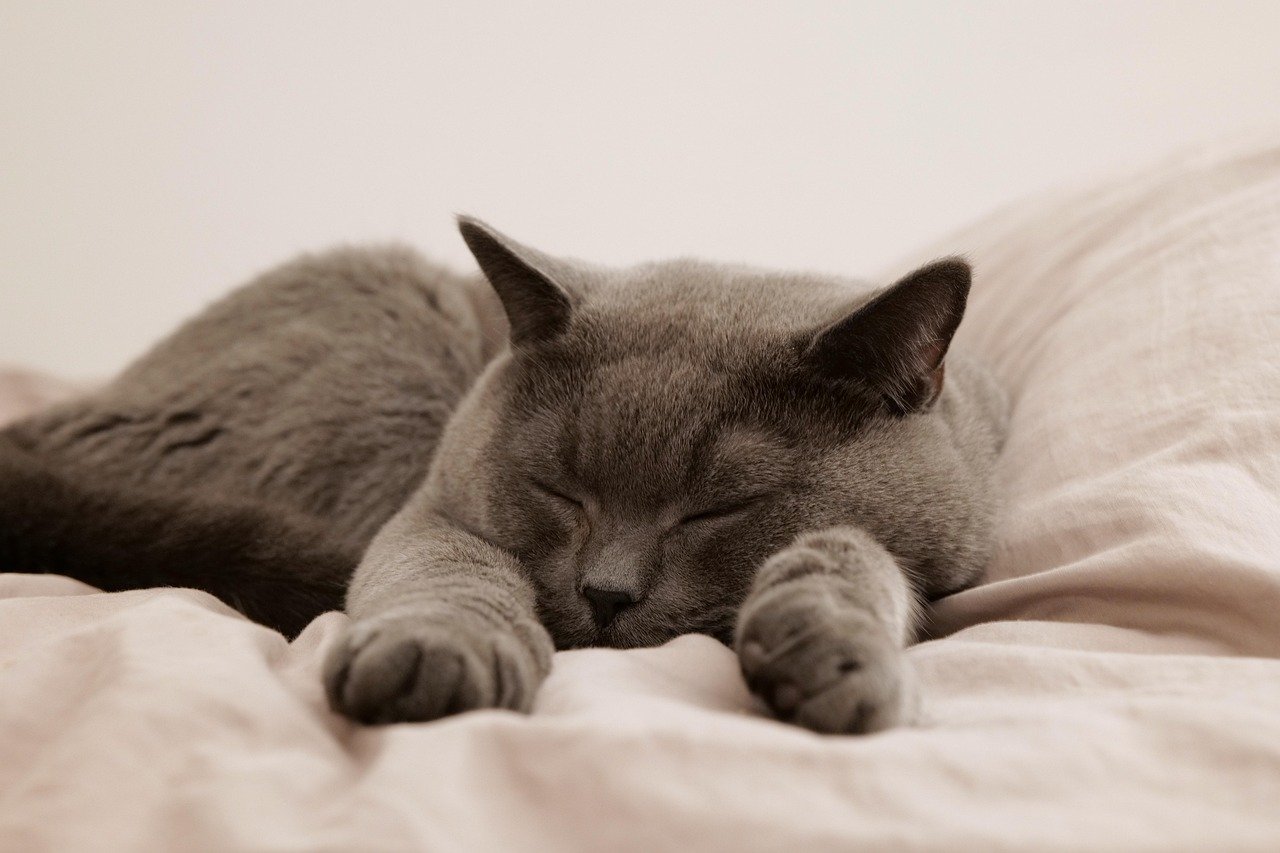
If your cat curls up with their back facing you, don’t feel snubbed. This is actually a huge compliment in the cat world. Sleeping with their back to you shows they trust you completely—they know you’ll watch over them while they’re vulnerable. It’s a silent but powerful statement: “I feel safe because you’re here.” This quiet gesture is one of the purest signs of affection a cat can give.
Hi, I’m Bola, a passionate writer and creative strategist with a knack for crafting compelling content that educates, inspires, and connects. Over the years, I’ve honed my skills across various writing fields, including content creation, copywriting, online course development, and video scriptwriting.
When I’m not at my desk, you’ll find me exploring new ideas, reading books, or brainstorming creative ways to solve challenges. I believe that words have the power to transform, and I’m here to help you leverage that power for success.
Thanks for stopping by, Keep coming to this website to checkout new articles form me. You’d always love it!



